Website design plays a crucial role in creating meaningful interaction on both corporate and personal websites. When your site ranks among the best website designs, it increases the likelihood of attracting potential customers, and as a result, the engagement rate on your page will naturally rise. The graphic design of your website is key, as it showcases the professionalism and brand identity of your business. Making a strong first impression starts with a web design that is both aesthetic and functional. This ensures that visitors to your site can quickly find the information they need, and see your products or services presented in the best possible light.
Now, let’s explore some key features of top website designs.
Website Design Ideas
A practical and simple website design holds several advantages over more complicated ones. When visitors can easily understand your website’s layout, it allows for efficient communication of your message. To achieve this, the following key aspects should be considered:
- Graphic interface: Ensure that the interface is clean and visually appealing.
- Color palette: Select colors that reflect your brand identity and ensure consistency throughout the site.
- Menu structure: Create a well-organized menu that simplifies navigation.
- User-friendly programming: Make sure the backend infrastructure supports a seamless experience for users, minimizing any obstacles during navigation.
Focusing on simplicity enhances usability and improves overall visitor satisfaction.
User Experience (UX) in Web Design
User experience (UX) is a critical component of any successful website design. A well-designed website should not only be visually appealing but also offer seamless navigation and an intuitive interface. Poor UX can lead to high bounce rates and low user engagement. When considering UX design, focus on:
- Ease of navigation: Ensure users can find what they’re looking for in just a few clicks.
- Accessibility: Make your website easy to use for everyone, including those with disabilities.
- Page load speed: A slow website can frustrate users and lead to higher exit rates.

Target and Message
Defining your target audience and delivering a clear message is essential in creating a successful website. Use your brand’s awareness to guide your design choices and ensure each step aligns with your goal. For example, if your website showcases a specific product, make sure visitors can easily find relevant product details, images, and purchasing options. If users have to search for minutes to find basic product information, you risk losing their interest.
Content Optimization
To create an effective website, avoid distractions like pop-up ads, unnecessary images, or irrelevant information. Evaluate your site’s design regularly and remove elements that do not serve its primary purpose. By doing this, visitors can easily access information about your brand, leading to better engagement and results with fewer distractions.
For the home page, ensure that content is clear, original, and high-quality, appealing directly to the interests of your target audience. It’s crucial that the structure of the page is regular and easy to navigate, encouraging visitors to stay longer and explore more.
Call-to-Action (CTA) Elements
In every web design, call-to-action (CTA) elements are vital for guiding users to take desired actions. Whether you want visitors to subscribe to a newsletter, purchase a product, or contact you, CTAs should be:
- Clear and concise: The message should tell the user exactly what to do (e.g., “Buy Now” or “Subscribe Today”).
- Visually distinct: Use contrasting colors and positioning to make CTAs stand out on the page.
- Placed strategically: Position your CTAs where they make the most sense, such as at the end of a blog post or in the header.
Effective CTAs can significantly improve conversion rates, making them a critical part of your web design strategy.
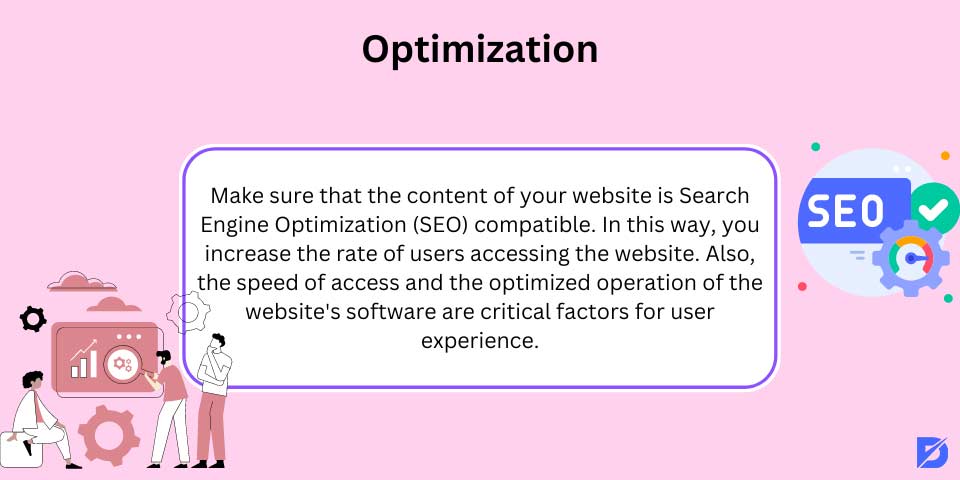
SEO and Website Optimization
To increase traffic and visibility, ensure that your website is optimized for Search Engine Optimization (SEO). An SEO-friendly website will improve your ranking on search engines, helping more users access your site. Additionally, factors like fast page loading times and efficient software operation are critical for enhancing the overall user experience.
If your website isn’t SEO-compliant, it won’t rank well on Google or other search engines, meaning potential visitors will struggle to find your site. This will reduce traffic and decrease conversions.
When designing your website, always consider your target audience. What do they think, and what do they need? You can use SEO services to gather data about your target audience’s search habits and preferences, which can guide decisions on content and layout. Doing SEO work before launching the website can provide valuable insights into which keywords and content strategies will be most effective.
The Role of Mobile-First Design
With the increasing use of smartphones and tablets, designing a website with a mobile-first approach has become essential. Google also prioritizes mobile-friendly websites in its ranking algorithms. Key considerations for mobile-first design include:
- Responsive design: Ensure that your site adapts to various screen sizes and maintains functionality across all devices.
- Touch-friendly elements: Buttons and links should be easily clickable on mobile screens.
- Minimal load times: Mobile users often expect faster load times, making optimization for speed critical.
Layout and Color Scheme
Aesthetically simple designs, which are easy to understand and navigate, are increasingly preferred by users and designers alike. Minimalist designs emphasize essential page elements and ensure a seamless user experience. A crucial part of this approach is the use of a small and consistent color palette, ensuring that the design is cohesive and visually pleasing. Incorporating vivid colors in strategic areas can draw attention and keep users engaged. Additionally, the correct placement of items and efficient use of white space enhances readability and organization.

Importance of Visually Attractive Images
Investing in high-quality images is crucial for enhancing your website’s visual appeal. While purchasing stock images or hiring a professional photographer can be effective, the best option is to hire someone in-house who can create custom images specifically tailored to your brand. This ensures that your business stands out, as you will own the copyright for these images and they will be unique to your site, differentiating you from competitors.
Custom Design and Functionality
Many businesses opt for fast, template-based designs, but custom web design offers significant advantages. With custom coding, you can ensure that your website is tailored specifically to the needs of your business and its visitors, providing an unmatched user experience. This also allows you to create a unique visual identity that helps differentiate your brand from competitors.
Custom-designed websites are often far more efficient than template-based designs, as they are tailored to the exact needs of your business. The functionality you require will likely differ from that of other businesses, meaning you need a design that is specific to your operations, free from the limitations imposed by generic templates.

A Large Space
Having sufficient space on your website is essential, not just in terms of the number of pages, but in how those pages are organized. High-tech websites with spacious layouts showcase content clearly and allow each page to focus on specific topics, making it easier for visitors to immediately find what they need.
If you rely on template sites or limited hosting services, your page creation process may become constrained, ultimately weakening the user experience and reducing your site’s SEO potential.
Responsive Design
Responsive design ensures that your website adapts seamlessly to various screen sizes, from large desktop monitors to smartphones and tablets. A common issue with non-responsive websites is that they may look great on a desktop but become difficult to navigate on smaller screens. This inconsistency can lead to a high bounce rate, as visitors tend to leave if they encounter usability problems.
To avoid this, it’s essential to implement responsive coding that adjusts your website’s layout and features based on the device being used, ensuring an optimal experience for all users.
Award-Winning Best Website Designs
There are many organizations that highlight the contribution of websites to the web and then help bring out some of the most inspiring designs. Some of these award-winning organizations are Awwwards, UX Awards, The Webby Awards, SiteInspire, and FWA.
What are the common features of award-winning best website designs with advanced technology? Let’s give examples of design award-winning best websites, their designs, and why they have won. You can get design inspiration from them.
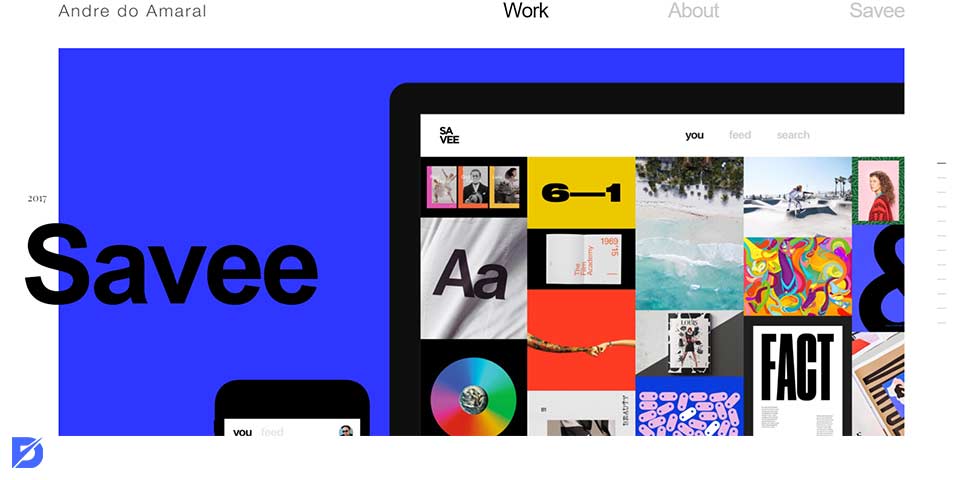
André do Amaral
André do Amaral’s website design reflects his artistic vision and creative prowess. It showcases a unique and visually captivating aesthetic that truly sets him apart. The website features an innovative layout, combining interactive elements and stunning visuals to engage visitors and immerse them in André’s world of art and design.

AMP Agency
AMP Agency’s website design embodies the agency’s commitment to delivering impactful digital experiences. It boasts a modern, dynamic design that seamlessly integrates captivating visuals, smooth animations, and intuitive navigation. The website effectively showcases the agency’s portfolio, highlighting their expertise in crafting innovative and visually stunning digital solutions.
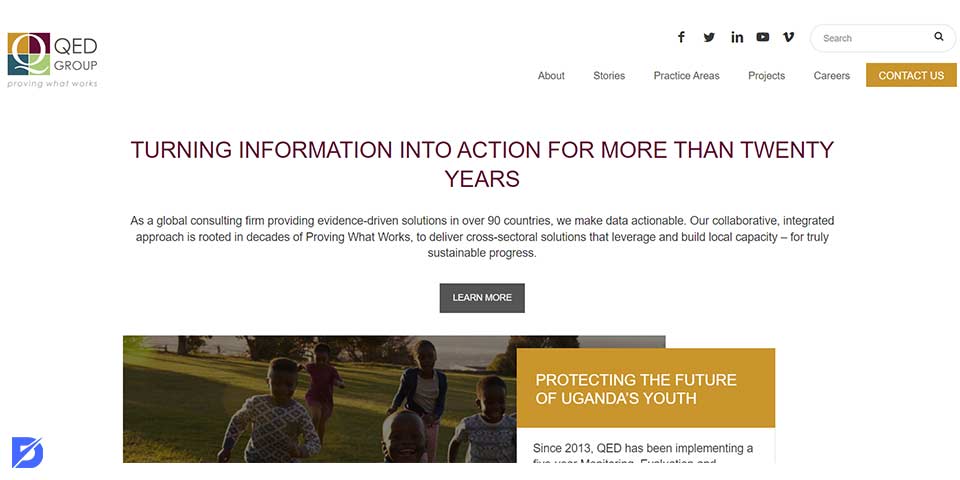
QED Group
QED Group’s website design exudes professionalism and expertise. With a clean and minimalist layout, the website focuses on delivering clear and concise information about the company’s services and capabilities. The use of subtle animations and strategic visuals enhances the user experience and reinforces QED Group’s commitment to excellence.
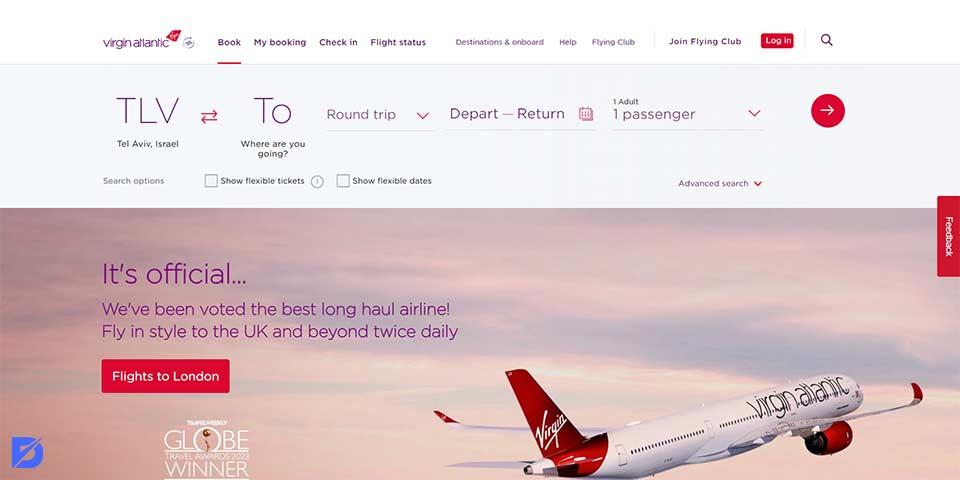
Virgin America
Virgin America’s website design captures the essence of the airline’s brand identity. It combines a sleek and modern design with vibrant colors and striking visuals, creating an immersive experience for visitors. The website features intuitive navigation and user-friendly functionalities, allowing users to seamlessly explore flight options, manage bookings, and access relevant travel information.
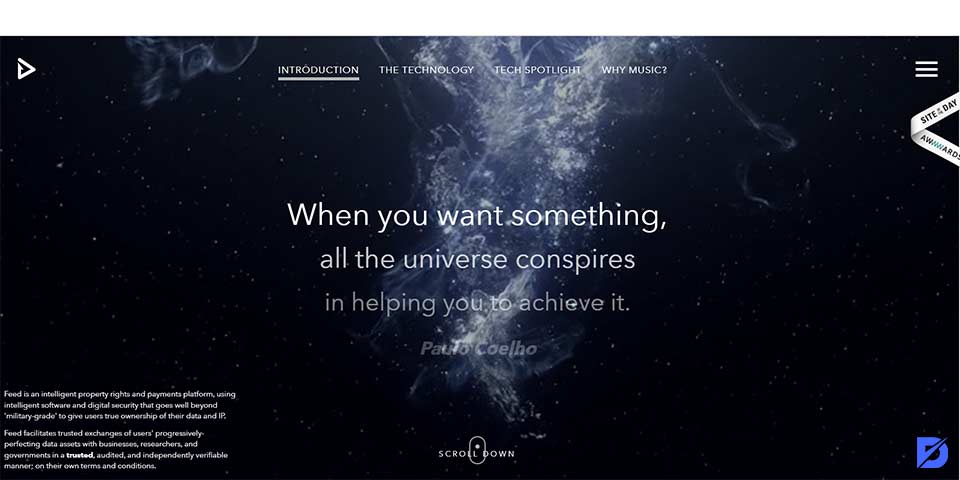
FeedMusic
FeedMusic’s website design embodies the power of music and its ability to create emotional connections. It utilizes a visually captivating design that highlights the diversity of musical genres and the impact of sound on our lives. The website’s interactive elements and immersive media create an engaging experience, reflecting FeedMusic’s mission to deliver personalized and enriching music experiences to its users.
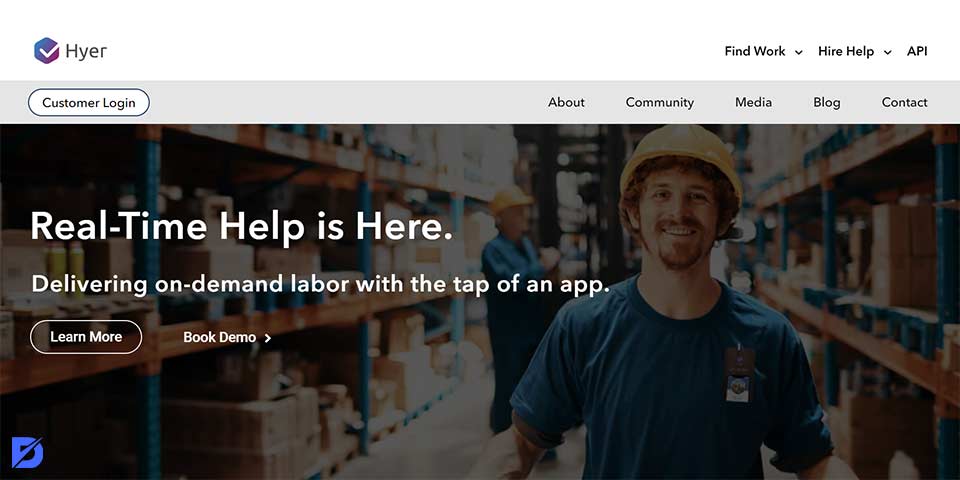
Hyer
Hyer is a visually stunning website that seamlessly blends sleek modern design with a touch of artistic flair. It’s user-friendly interface and intuitive navigation make it easy to explore the diverse range of content it offers. The use of bold typography and vibrant colors creates an engaging and immersive experience for visitors.
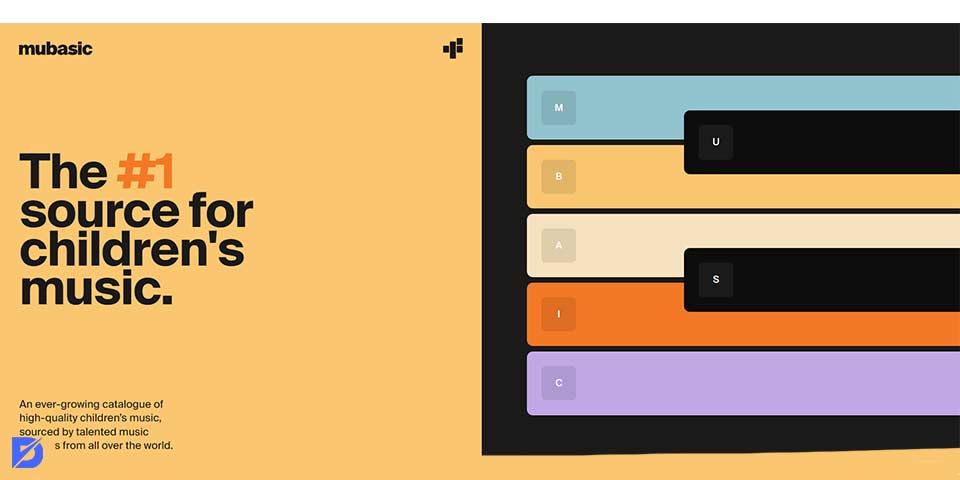
Mubasic
Mubasic’s website design is a true reflection of their music. It showcases a minimalist aesthetic with clean lines, creating a sophisticated and elegant atmosphere. The clever use of negative space and subtle animations adds a touch of dynamism to the overall design.

Digital Cover
Digital Cover’s website design company visual is a feast for the eyes. With its bold and vibrant imagery, it captivates visitors and draws them into the world of digital art. The interactive elements and seamless transitions make for an engaging browsing experience.

IBM
IBM’s website design is a testament to their commitment to innovation and technology. It exudes professionalism and sophistication with its clean layout, well-organized content, and strategic use of visuals. The user experience is seamless, making navigating and finding relevant information easy.

Superlist
Superlist’s website design is a masterclass in simplicity and functionality. It features a clean and minimalistic design that focuses on usability and clarity. The intuitive interface and well-structured layout make it effortless to browse and access the platform’s features.
Don’t forget to check our web design services for the best website designs.
Frequently Asked Questions About
Website design is the process of creating your website’s layout, visuals, and functionality. It includes everything from color schemes to user experience. The goal is to present your brand effectively online.
It varies by project, but most websites take a few weeks to a few months to complete. Simple designs are quicker, while custom features take longer. The timeline depends on the complexity.
No, many website builders are free. However, for custom designs or professional services, you will need to pay. Free options are usually more limited.
Custom design ensures your website is unique and tailored to your brand’s needs. It makes your site stand out from competitors. Plus, you get functionality specific to your business.
SEO improves your website’s ranking in search engines through keyword optimization. It helps your site appear at the top of search results. This increases visibility and attracts the right audience.

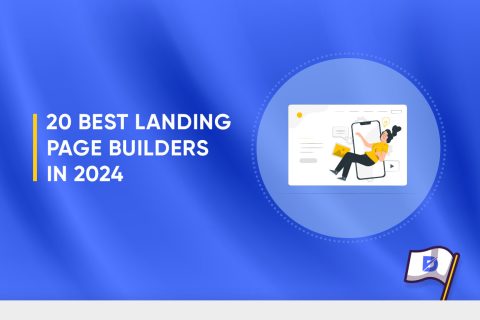
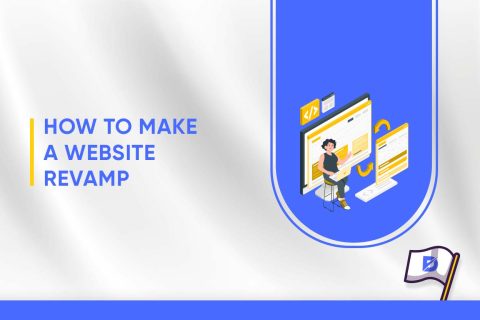
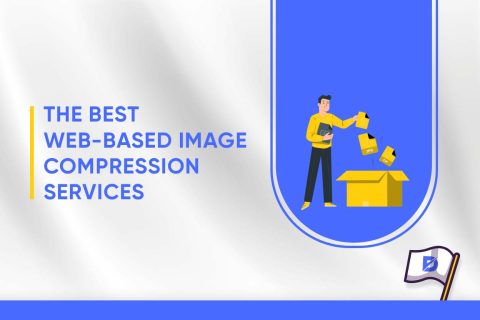

No comments to show.